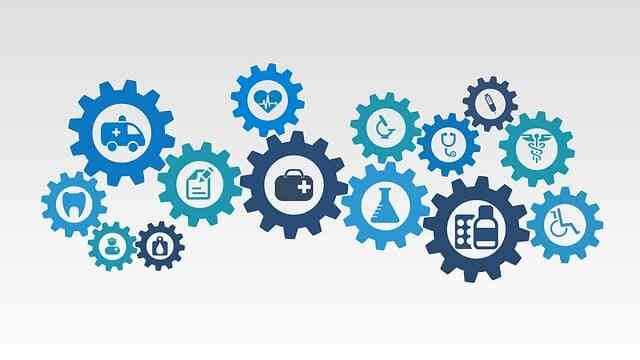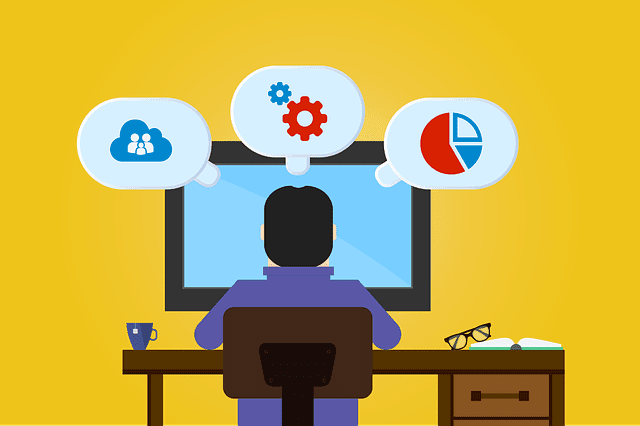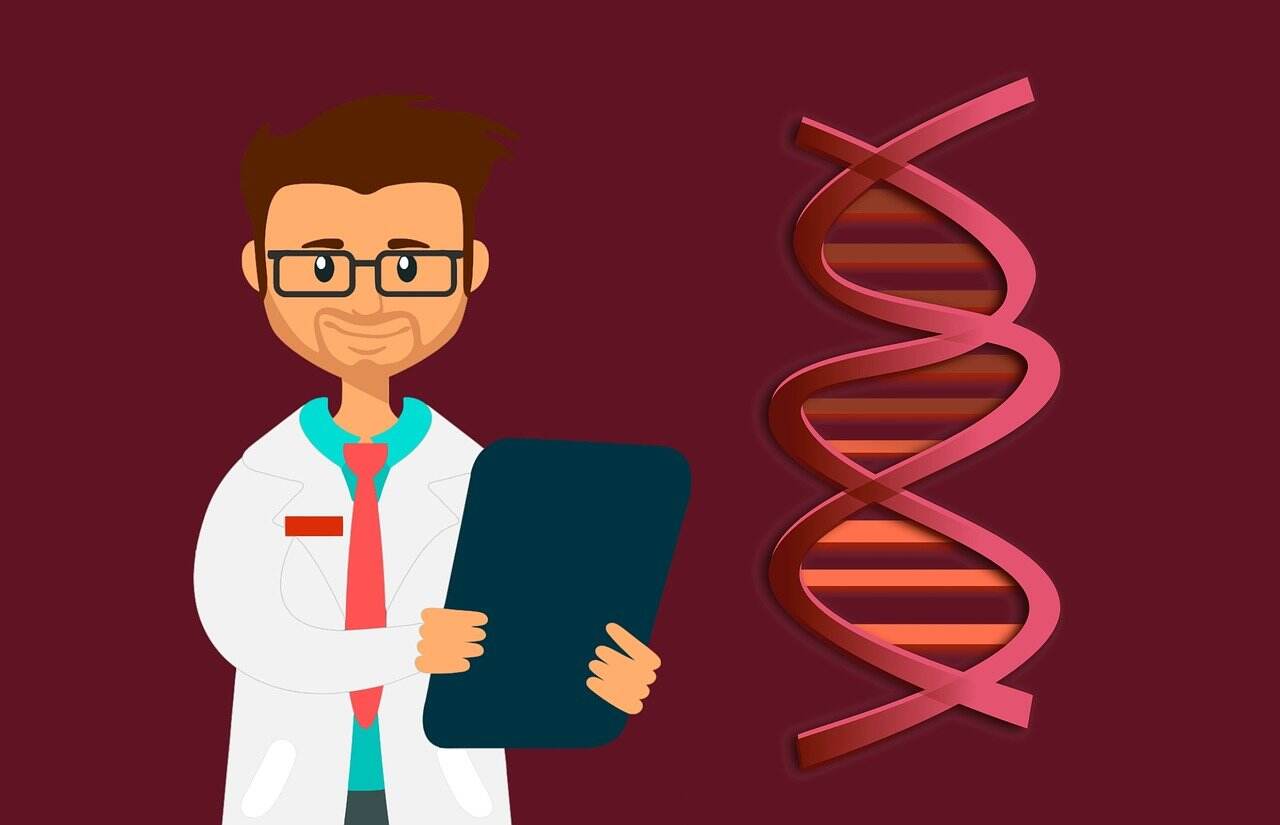Unlocking The Secrets of Medical Coding: A Comprehensive Guide for Beginners
Medical coding is a critical aspect of the healthcare industry, as it helps to ensure accurate billing, reimbursement, and data collection. However, many healthcare professionals and administrators find it to be a complex and confusing subject.
This guide will provide a comprehensive overview of medical coding, including its history, the various coding systems in use today, and the key concepts and principles that must be understood in order to be successful in this field.
So let’s dive into the article below and understand medical coding in brief.
What is medical coding?
Medical coding is a crucial process in the healthcare industry. It involves assigning specific codes to diagnoses, procedures, and medical services. These codes are used by insurance companies, government agencies, and researchers to analyze and understand healthcare trends. They are also used to bill patients and insurance companies for the services they receive.
These codes are used to facilitate the reimbursement process and to collect and analyze data for research and policymaking. In this article, we will explore the basics of medical coding, including its history, different coding systems, and the role of medical coders.
Importance of medical coding in the healthcare industry

Medical coding is an essential part of the healthcare industry as it helps to organize and keep track of patient information. The healthcare industry is constantly evolving and becoming more complex, making medical coding an increasingly important field.
Medical coding is important because it helps to ensure that patient information is accurate and consistent. It allows healthcare providers to communicate effectively with each other, and it helps to prevent errors in billing and reimbursement. The use of standardized codes also makes it easier for researchers to study healthcare trends and outcomes.
Role of the medical coder
Medical coders are responsible for assigning codes to diagnoses, procedures, and medical services. They use the appropriate coding systems and must be familiar with the guidelines and conventions of each system. Medical coders must be detail-oriented and have a good understanding of medical terminology and anatomy.
Medical coders typically work in hospitals, clinics, and insurance companies. Medical coders may also work as independent contractors or consultants.
Medical coding is a complex process that requires specialized knowledge and training. Coders use standardized codes, such as ICD-10 and CPT, to document patient information. They must have a thorough understanding of medical terminology and anatomy in order to correctly code diagnoses and procedures.
Coders typically work with patient records, including medical history, test results, and treatment plans, to determine the appropriate codes for each case. They also use coding manuals and software to ensure that the codes they use are up-to-date and accurate.
Overview of the medical coding system

History of medical coding
Medical coding has its roots in the early 20th century when healthcare providers began to use codes to streamline their billing and administrative processes. The first widely-used coding system was the International Classification of Diseases (ICD), which was first developed by the World Health Organization (WHO) in the 1920s. The ICD was designed to provide a standardized way of describing and classifying diseases, injuries, and other health-related conditions.
Over time, the ICD has undergone several revisions, with the most recent version (ICD-11) being released in 2018. The ICD is still widely used today, particularly in international settings, but it has been supplemented by other coding systems that are more specific to certain regions or types of healthcare services.
The current medical coding system
The current medical coding system used in the United States is the International Classification of Diseases, 11th Revision, Clinical Modification (ICD-11-CM). It is used to classify and code diseases, injuries, and other health-related conditions, and is developed and maintained by the Centers for Disease Control and Prevention (CDC).
It is used for reporting medical diagnoses and procedures in the healthcare system, including inpatient and outpatient settings, and is used to track public health, inform healthcare research, and help determine reimbursement for healthcare services.
Codes used in medical coding
ICD
The most widely used medical coding system in the United States is the International Classification of Diseases (ICD). ICD is a set of codes that are used to describe and classify diseases, injuries, and other health-related conditions. The ICD codes are used by healthcare providers to document patient diagnoses and by payers to determine reimbursement for healthcare services. The ICD codes are updated periodically to reflect advances in medical knowledge and technology.
CPT
Another widely used medical coding system is the Current Procedural Terminology (CPT) code set. CPT codes are used to describe and classify medical procedures and services. The CPT codes are used by healthcare providers to document patient treatments and by payers to determine reimbursement for healthcare services. The CPT codes are also updated periodically to reflect advances in medical knowledge and technology.
HCPCS
In addition to the ICD and CPT codes, there are other medical coding systems that are used in healthcare settings. For example, the Healthcare Common Procedure Coding System (HCPCS) codes are used to describe and classify medical supplies, equipment, and other non-physician services. The HCPCS codes are used by healthcare providers to document patient treatments and by payers to determine reimbursement for healthcare services.
Certifications in medical coding

Medical coding certification is a process by which individuals demonstrate their knowledge and proficiency in medical coding. It is a way for coders to prove to employers and clients that they have the skills and knowledge necessary to accurately code medical diagnoses and procedures.
There are various organizations that offer medical coding certifications, each with its own requirements and qualifications.
Why is Medical Coding Certification Important?
Obtaining a medical coding certification is important for several reasons. First and foremost, it helps to ensure that medical claims are processed correctly. This is because certified medical coders are trained to accurately code medical diagnoses and procedures, which leads to fewer errors and more efficient reimbursement of healthcare services.
Additionally, certification can improve job prospects and earning potential. Employers and clients are more likely to hire and work with certified medical coders, as they are seen as more knowledgeable and reliable.
Different Types of Medical Coding Certifications
There are several different types of medical coding certifications available, each with its own set of requirements and qualifications. Some of the most popular certifications involve the following
CPC (Certified Professional Coder)
The CPC is a certification offered by the American Academy of Professional Coders (AAPC). It is considered to be the gold standard of medical coding certifications and is recognized by most employers and clients. To become a CPC, individuals must pass an exam that tests their knowledge of medical terminology, anatomy, and coding systems.
CCS (Certified Coding Specialist)
The CCS is a certification offered by the American Health Information Management Association (AHIMA). It is designed for individuals who have a strong understanding of inpatient coding and is recognized by most employers and clients. To become a CCS, individuals must pass an exam that tests their knowledge of inpatient coding.
CIC (Certified Inpatient Coder)
The CIC is a certification offered by the American Health Information Management Association (AHIMA). It is designed for individuals who have a strong understanding of inpatient coding and is recognized by most employers and clients. To become a CIC, individuals must pass an exam that tests their knowledge of inpatient coding.
CPC-H (Certified Professional Coder-Hospital)
The CPC-H is a certification offered by the American Academy of Professional Coders (AAPC). It is designed for individuals who have a strong understanding of hospital-based coding and is recognized by most employers and clients. To become a CPC-H, individuals must pass an exam that tests their knowledge of hospital-based coding.
Medical Coding Process
The medical coding process typically involves several steps, including
Medical Record Review:
The first step in the medical coding process is to review the medical record and gather all relevant information. This includes the patient’s demographics, diagnosis, procedures, and treatments.
Code Selection:
Once all relevant information has been gathered, the coder will select the appropriate codes for the diagnosis and procedures. The codes should be selected from the appropriate coding manual (ICD or CPT), and should be specific and accurate.
Code Validation:
After the codes have been selected, they must be validated to ensure that they are correct and complete. This includes checking for any errors or inconsistencies in the codes and making any necessary corrections.
Code Submission:
The final step in the medical coding process is to submit the codes to the appropriate party, such as the insurance company or the patient’s employer.
Medical Coding Challenges and Pitfalls

Challenge 1: Keeping Up with Constant Changes in Medical Coding
One of the biggest challenges of medical coding is keeping up with the constant changes and updates to the ICD-10 classification system.
The system is updated annually, with new codes added and existing codes modified to reflect advances in medical technology and changes in healthcare policies. This can make it difficult for medical coders to stay current and ensure that they are using the correct codes for each procedure and diagnosis.
To overcome this challenge, it is essential for medical coders to stay up-to-date on the latest changes and updates to the ICD-10 classification system. This can be done by attending coding workshops and seminars, reading coding-related publications and journals, and participating in continuing education programs.
Additionally, many healthcare organizations provide in-house training and support for their medical coders to help them stay current on the latest coding guidelines.
Challenge 2: Handling Complex and Unusual Medical Cases
Another common challenge of medical coding is handling complex and unusual medical cases. These cases may involve multiple diagnoses, complex procedures, or rare conditions, which can make it difficult for medical coders to assign the correct codes. This can lead to incorrect billing, denied claims, and even legal issues if the codes are not accurate.
To handle complex and unusual medical cases, it is important for medical coders to have a thorough understanding of the ICD-10 classification system and the ability to research and interpret medical literature. Additionally, many healthcare organizations have specialized coding teams or consultants who can provide guidance and support for handling complex cases.
Challenge 3: Balancing Speed and Accuracy
Medical coding can be a time-consuming process, and many medical coders are under pressure to complete their work quickly. This can lead to a trade-off between speed and accuracy, with coders rushing through their work in order to meet deadlines. However, this can result in errors and inaccuracies in the codes, which can lead to denied claims and financial losses for the healthcare organization.
To balance speed and accuracy, it is important for medical coders to have a clear understanding of their workload and priorities. This can be done by creating a schedule and breaking down the coding work into manageable chunks, rather than trying to complete everything at once.
Additionally, many healthcare organizations use coding software and tools to automate some of the coding processes, which can help speed up the process without sacrificing accuracy.
The Future of Medical Coding
The healthcare industry is constantly evolving, and medical coding is no exception. With the increasing use of electronic health records (EHRs), medical coders are now able to more easily access and document patient information.
This has led to more efficient and accurate coding, and it has also made it easier for healthcare providers to share patient information.
The future of medical coding also includes the use of artificial intelligence (AI) and machine learning (ML) to assist with coding and analysis. These technologies have the potential to improve the accuracy and efficiency of medical coding, and they may also help to reduce the workload of medical coders.
Conclusion
Medical coding is a critical aspect of the healthcare industry, and understanding the history, current coding systems, and key concepts and principles is essential for success in this field. With a strong understanding of medical coding, healthcare professionals and administrators can ensure accurate billing, reimbursement, and data collection, which ultimately benefits patients and the healthcare system as a whole.
Tag:Medical Coding





